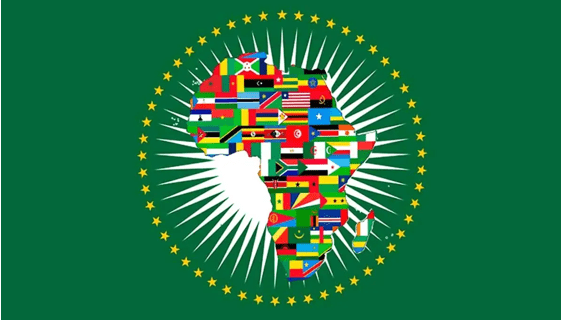East Africa leads the rest of Africa in economic growth
Stears, a provider of economic analysis and data-driven insights, has released its highly anticipated 2024 African Outlook Report, offering detailed insights into the economic landscape of the continent. Contrary to generalizations, the report reveals the diverse growth paths across Africa, with East Africa emerging as a regional powerhouse.
According to the report, Africa’s overall growth in 2024 is projected to be 4.0%, a significant increase from 3.3% in 2023, positioning it as the second-highest globally, just behind Asia (4.8%). East Africa takes the spotlight in this growth story, consistently exhibiting higher growth rates compared to the rest of the continent. Rwanda, Tanzania, Uganda, and Kenya are identified as key drivers, making substantial contributions to the region’s economic resurgence.
“East Africa’s growth is driven by dynamic sectors such as natural resources, transportation, tourism, and agriculture. Importantly, there is potential for further acceleration due to increased investments from Gulf countries. These developments are shaping East Africa into a role model region for economic resilience and diversification,” explains Fadekemi Abiru, Head of Insights at Stears. Notably, South Africa, Egypt, and Nigeria, which are considered economic giants, are expected to have growth rates below the regional average, highlighting the importance of recognizing and navigating the diverse economic landscapes within the continent.
Stears’ Outlook for 2024 delves deeper into key African countries, specifically Kenya and Nigeria, projecting ongoing economic challenges for both nations. The macroeconomic analysis for Kenya predicts persistent currency depreciation and inflationary pressures. The Africa Outlook Report for the year 2024 highlights that inflationary figures averaged 7.8% for the whole of 2023, with a nuanced projection between 6% and 7.4% for the year 2024. This agrees with that of the Central Bank of Kenya’s range of 5±2.5%, reflecting a global trend towards enhanced price stability.
Dumebi Oluwole, a Senior Economist at Stears, emphasizes the importance of inflation as a key indicator of economic well-being and stresses the urgent need to address the persistent issue of currency depreciation. The latest report sheds light on the delicate balance between inflation dynamics and investor appeal, revealing a closer alignment of the Kenyan Shilling (KES) to its fair value.
Despite this, Kenya’s GDP per capita stands 30% above the Sub-Saharan Africa average, indicating a rise in consumer spending and positioning the country as a significant market. However, the report also highlights the potential for further growth in GDP per capita, particularly through the creation of more high-value jobs in sectors like manufacturing and services.
At the same time, the 2024 African Outlook Report examines Nigeria’s macroeconomic landscape, uncovering a formidable and strong challenge by high headline inflation rate which is currently at about 28.2%. Stears is projecting average annual inflation rate between 27.59% and 31.85% for 2024, which should necessitate proactive economic measures for stability.
Dumebi Oluwole explains, “The removal of petrol subsidies has significantly increased the cost of living for consumers, leading to an overall rise in inflation. Combined with the devaluation of the naira, this has resulted in higher exchange rates, complicating the economic situation for both consumers and businesses.”
Stears emphasizes the need for strategic interventions to improve liquidity and stabilize the exchange rate, highlighting the importance of collaborative efforts between the government, regulatory bodies, and the private sector to ensure sustained economic growth. Stears underscores the importance of implementing strategic measures to boost liquidity and stabilize the exchange rate. They emphasize the significance of collaborative efforts between the government, regulatory bodies, and the private sector to ensure continuous economic growth. Yvette Dimiri, the Director at Stears, explains the purpose of the report, stating, “Through our 2024 African Outlook Report, Stears demonstrates its dedication to offering data-backed perspectives that go beyond traditional narratives. As Africa charts its path in the global economic arena, it is crucial to comprehend unique growth patterns and capitalize on regional strengths.”




